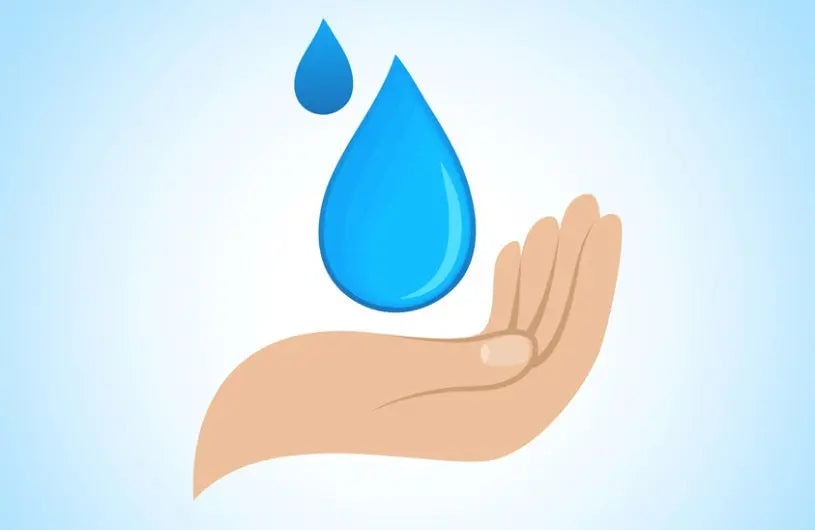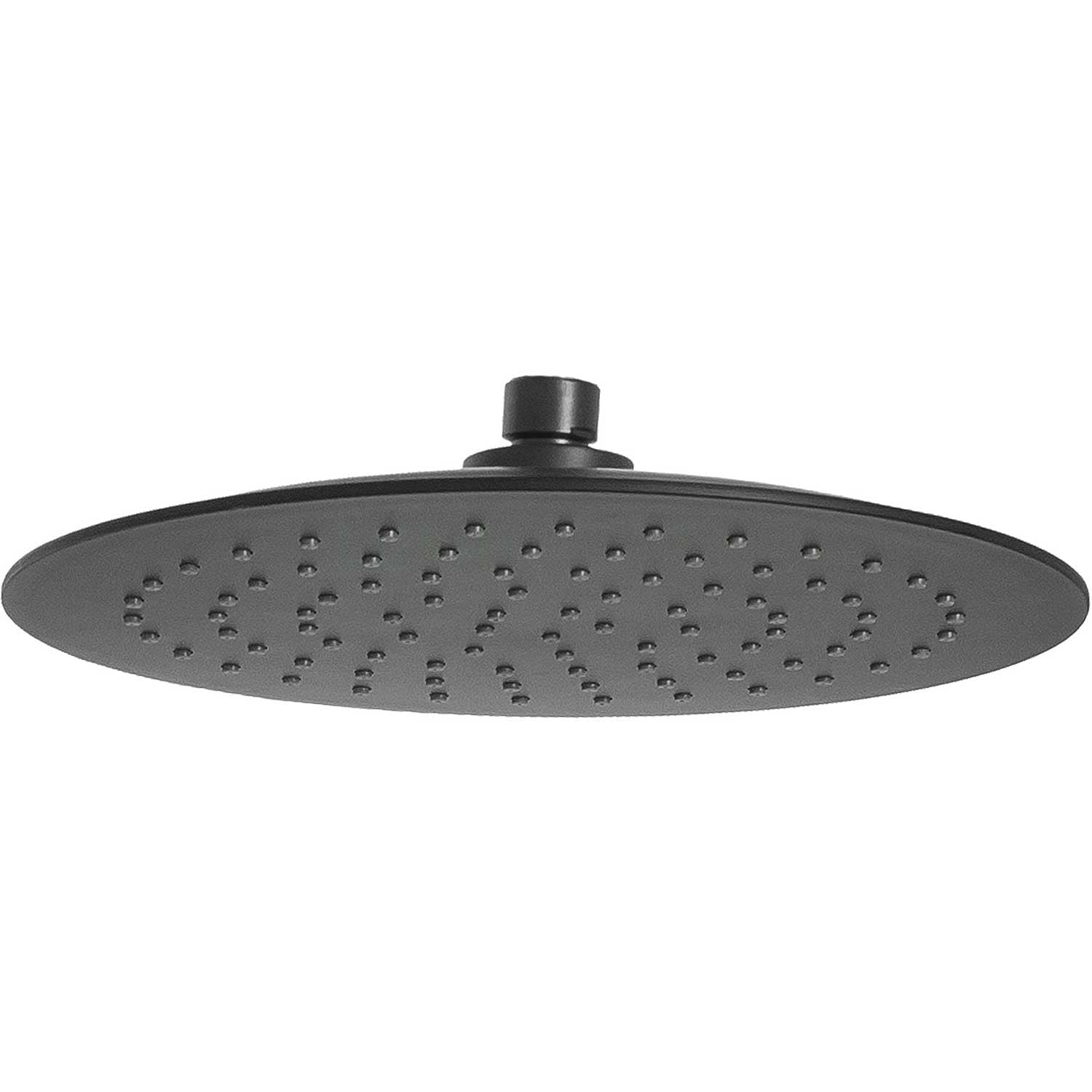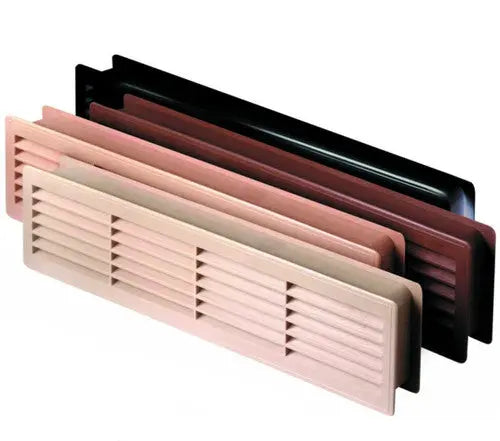HOW TO SAVE WATER AT HOME? How to save money on water?
How to save water at home? How to reduce water bill and live more ecologically and at the same time? Many of us keep asking this question. Global warming, environmental pollution and a lack of care in the use of water cause that its resources are beginning to run out. How to avoid that?
Even small changes in our behaviour, but applied systematically and by all (or even many of us), can result in huge savings for the entire planet. What is more, conservation of water is advisable all the time, not only during a drought. Here are 12 the most effective ways to save water as well as save money at the same time.
1. Turn off the water when you shave or brush your teeth. Use a filled cup to rinse your mouth. It will allow you to conserve water up to 50%
2. Change all faucets to ones that save water. In the old tap, you can install an aerator - a kind of fine mesh strainer that aerates the flowing water, making the stream stronger.
3. Change the toilet flush to the one which has an economical flush function. The correct selection of the toilet tank will allow to keep hygiene with minimal water consumption. Alternatively use Toilet Tank Bank device. It will let you use less water during every flush.
4. Do not open the tap completely while washing your hands. Water doesn't need to be maxed out and sprayed around. It is enough if it flows in a calm stream. If you collect water in the sink during washing, you can use it later to soak the stained clothes before washing.
5. Use single-lever batteries. The taps will allow you to limit the outflow of hot water and control its quantity. Thanks to these solutions, you will set the desired temperature faster than when you turn two taps.
6. Instead of taking a bath, you should take a quick shower. It is known that while bathing in a bathtub, you use up to 180 litres of water, but a minute of unscrewed shower takes about 10 litres. Shower flow restrictors will let you save even more water when taking a shower. A five-minute shower will save up to 2/3 of the water used. However, if you decide to take a bath, remember to pour water into it only up to half or even up to a third of its height. If, in turn, we take a shower, it is worth reducing its duration. We should also remember to turn off the water when washing the body or applying shampoo to the hair so that water is not wasted.
7. Washing dishes should not be done under running water. If you wash the dishes by hands, try to find the optimal method. For example, you can use one chamber of the sink for washing dishes, and the other one for rinsing. Such steps will allow you to save a lot of money during the year.
8. Water saving devices such as washing machine or dishwasher should only be used when they have a full load. If you follow this rule, you will save a lot of money compared to washing by hand. If you buy new household appliances, pay attention not only to the energy class of the device, but also to whether it has ‘water saving programs’ (ECO) that shorten the washing or washing process, and reduce water consumption.
9. It is better to use a bucket of water to wash your car than a garden hose. Such a procedure results in savings of up to 80%! The same principle applies to cleaning stairs, terraces or pavements. However, these are just some of the ways to save water in your garden.
10. Place a rainwater tank on the lawn or plot. You can use it for cleaning works or watering plants. This type of water is low in chlorine, so green cuttings will appreciate it.
11. We should not throw away the water, if it can be reused. Water can be used, for instance, to water plants. And how to save water in the garden? After all, plants need it. First of all, water them at the right times (early morning or evening) and start collecting rainwater.
12. It is very important to check for water leaks. What you have to do, is to check your water meter, turn off the water and record the measurement on the meter. Check back in 30 minutes and see if the meter reading has changed. If so, you've got the leak. The toilet is the first suspect. Therefore, find a place where there is a leak in the toilet and fix it. If you can see or hear water flowing into the bowl, the tank is leaking. Check for a silent leak by putting a few drops of food colouring in the tank. If the colouring shows up in the bowl after 20 minutes, your toilet is leaking. Flappers, floats or handles cause most leaks.
When it comes to saving water, it is worth mentioning the issue, how and when water can be saved by children.
Children learn to save water quickly and willingly, if we instil in them this necessity. Some activities that previously required to be reminded by adults, they do not have to be reminded anymore. It will come naturally to kids to save water and it can turn into the habit. Is worth adding here, that it is not about introducing "a terror of saving". It is rather more about caring for the environment that children associate well and that they act with pleasure and awareness, not under duress.
One way to conserve water that can be introduced very early is the already mentioned turning off the water when brushing your teeth. When brushing their teeth, we should teach children to fill the cup only halfway, too. When washing your hands, there is also a moment when water flows from the tap unnecessarily. After all, it takes at least a dozen or so seconds to soap your hands, especially in the case of children. This is the time when the water does not need to be turned on.






